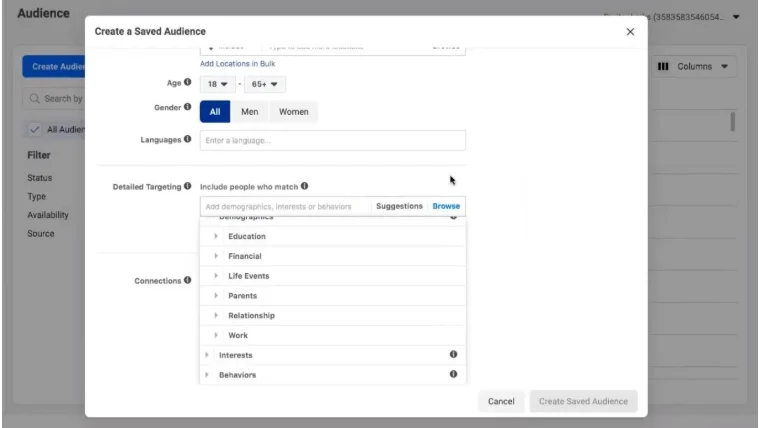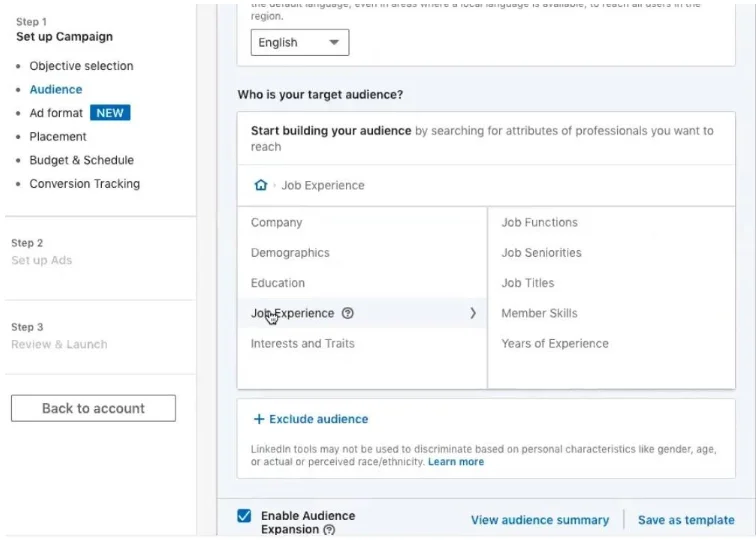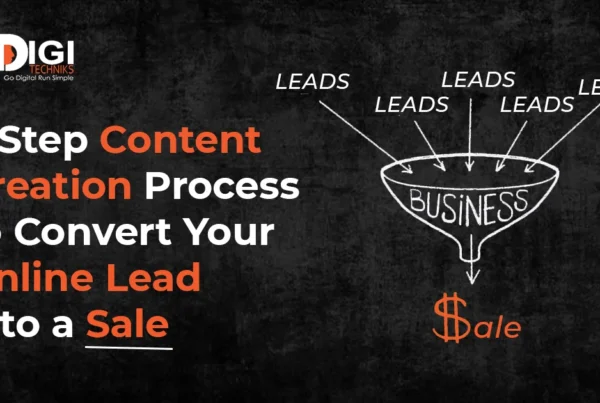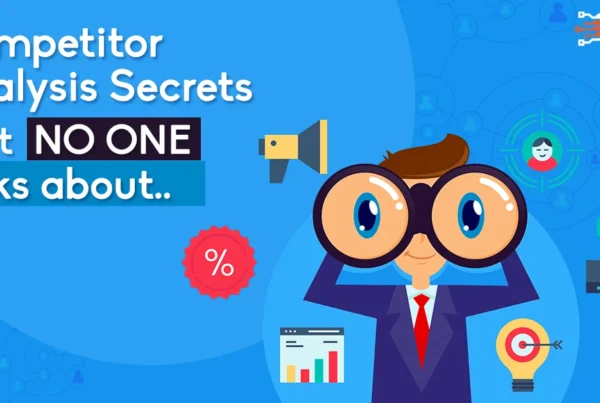
Today, every business owner wants to take their business online. They recognize the power of social media as a game-changer for their business. But, not everyone succeeds in leveraging social media in the best possible way. And, of the key reasons behind that is, they lack a clear picture of their target audience.
A well-crafted audience profile not only forms the basis of an effective social media strategy, but is a vital component of any marketing activity. Defining your ideal audience is that essential first step, which if missed, can lead to poor and ‘budget-wasting’ outcomes.
So, if you’re looking to reap better results from your social media and marketing efforts, the first thing you need to focus on is building your ideal audience profile. I’ll explain how you can do that with this simple step-by-step audience creation process.
1. Identify your prospects
Who is your ideal audience? The first step is where you’ll figure out the answer to this question.
If you have an existing customer base/following, start from there. Pick 10-20 customers and collect as much demographic data as you can about them. If you don’t have customers yet, no worries. Think about the people who are likely to derive the maximum benefit from your product/service.
2. Create a rough persona
Now it’s time to create an axiom profile or a rough persona. Document everything you know about your existing customers or ideal prospects.
How old are they? How much money do they make? What are their interests, preferences, and buying behaviors? Which social media platforms do they use? Collect as much demographic data as you can and remember, the more specific you get, the better you’ll be able to craft your persona. For example, let’s say you’re targeting entry and mid-level marketing professionals, you could list down their most common traits and possible behaviors, such as:
- Aged 25-35 years
- Reads Forbes and digital marketing blogs
- Follows marketing influencers like Neil Patel, Gary V etc.
- Attends marketing events and webinars
- Active on LinkedIn, Twitter, and Facebook
- Goals and challenges include lead generation, conversion, ROI creation, etc.
Alternatively, you could a simple tool as MakeMyPersona (by HubSpot) that allows you to create a rough customer persona in few minutes.
Also, Read Facebook Ads Strategies that drive 5X Percent Results
3. Understand the targeting options on social media platforms
Every social media platform has its own features and targeting options. And that’s one of the most important things to consider before you begin to craft your audience persona.
To do this, create ad accounts on the social media platforms that your audience prefers — these are the platforms you should be spending your money on. Get a thorough understanding of the ecosystem of those platforms. For example, as shown in the image below, you can narrow down your target audience on Facebook using a host of detailed targeting options such as a user’s educational and financial background, their work, interests, behaviors, and so on.

Similarly, on LinkedIn, you can sort out your ideal audience by their company, demographics, education, job experience, interests and traits (image below).

Additionally, LinkedIn offers you the option to select audience templates, which are specific pre-made audiences that you can target for advertising.
I have just talked about two examples here. But the point is, all social media platforms have their own ecosystems that you need to explore before diving into creating ads and campaigns on these platforms.
Also, Read 6 Simple social media hacks to convert contacts to contracts
4. Segment audience based on common aspirations
This step is all about splitting your target audience into different groups based on their goals and aspirations. Because aspirations are what drive consumption and motivate people to choose a brand or business, this is a vital part of the process.
Start by listing down the possible aims and ambitions that will convince your audience to buy from you. For example, at Digitechniks, we offer digital marketing education to people who want to be educated in this field. Now, if I list down the common aspirations for people to learn digital marketing, I can come up with the following categories:
Category 1: People who want to build a career in digital marketing
Category 2: Business owners who want to learn digital marketing to utilize it for their business growth
Category 3: Marketing professionals who want to upskill or improve their craft to create better results for their clients
Then, I can go ahead and segment my target audience under these categories.
5. Define target audience using customer avatar variables
The final step is to put your segmented audiences under customer avatar variables like age, gender, education, professional designation, marital status, parental status, social media platforms, etc. (see image below)
![]()
Also, Read 5 Growth Hacks To Build Relevant Social Media Followers
Summing up
The beauty of this 5 step process lies in its simplicity. It starts with mere assumptions and rough estimations and with every step, it brings you closer and closer to your ideal audience persona.
Do you want to get a personalised 1-to-1 discovery session?
Book your 1-to-1 discovery call with us today!



